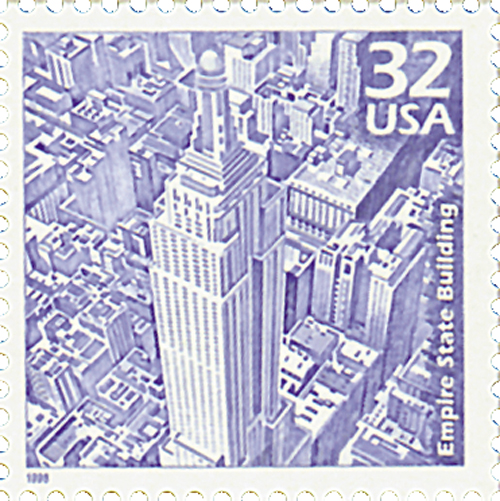
# 3185b - 1998 32c Celebrate the Century - 1930s: Empire State Building
32¢ The Empire State Building
Celebrate the Century – 1930s
City: Cleveland, OH
Quantity: 12,533,000
Printed By: Ashton–Potter (USA) Ltd
Printing Method: Lithographed, engraved
Perforations: 11.5
Color: Multicolored
Birth Of Alfred E. Smith
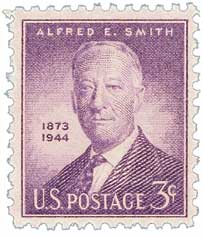
Alfred Emanuel Smith was born on December 30, 1873, in New York City, New York.
Smith’s father was a Civil War veteran who had fought with the 11th New York Fire Zouaves. When Smith was 13, his father died, after which he dropped out of school to work at a fish market to help support the family.
Smith never returned to school but claimed he had learned a lot about people by studying them while working at the fish market. Smith was also a talented actor and found some success in amateur theater.
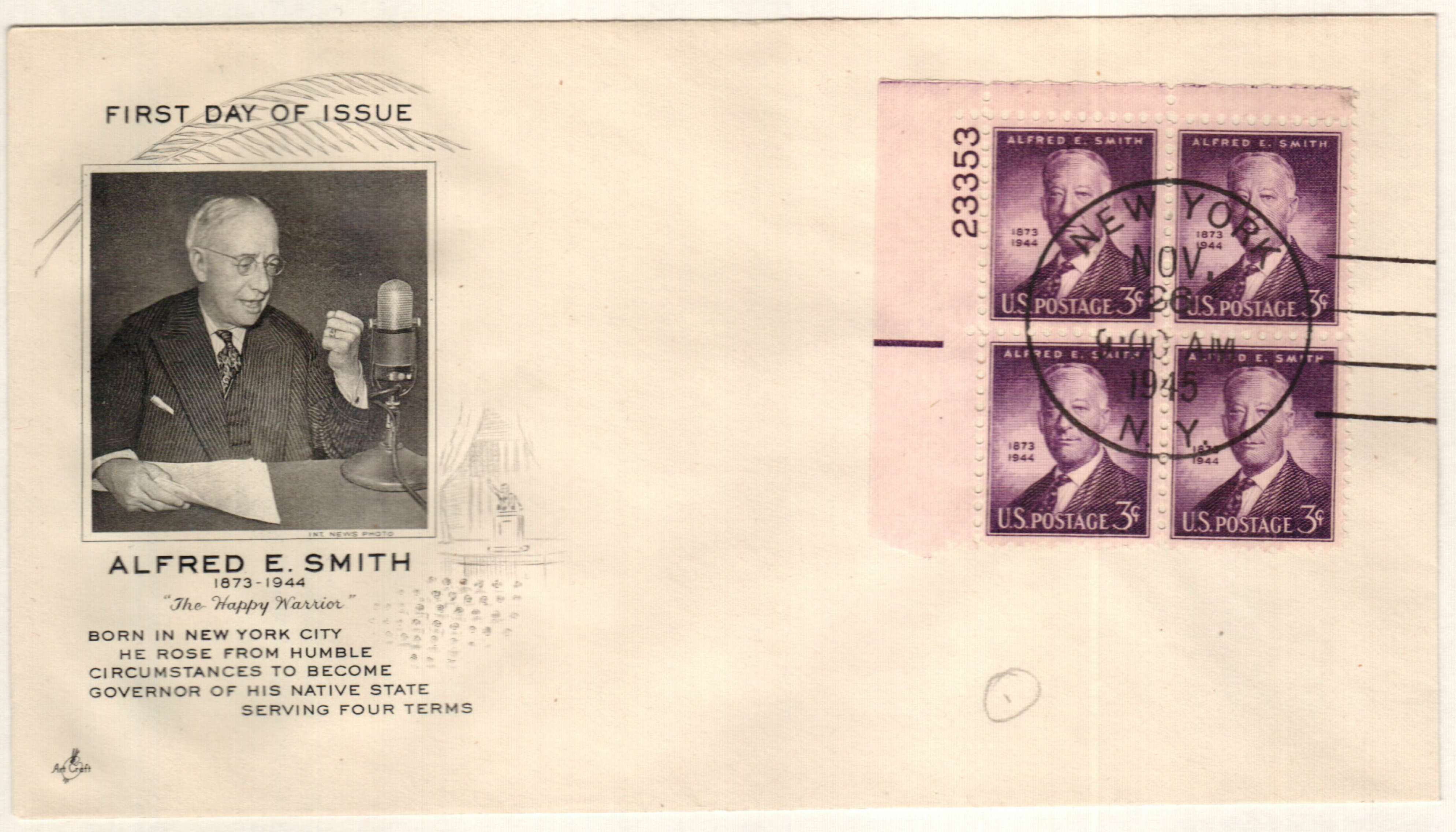
Smith first entered politics in 1895 as an investigator in the office of the Commissioner of Jurors. From there he began working his way up the ranks of the Democratic Party. He based his campaigns around his working-class background, aligned himself with immigrants, and said he was a man of the people.
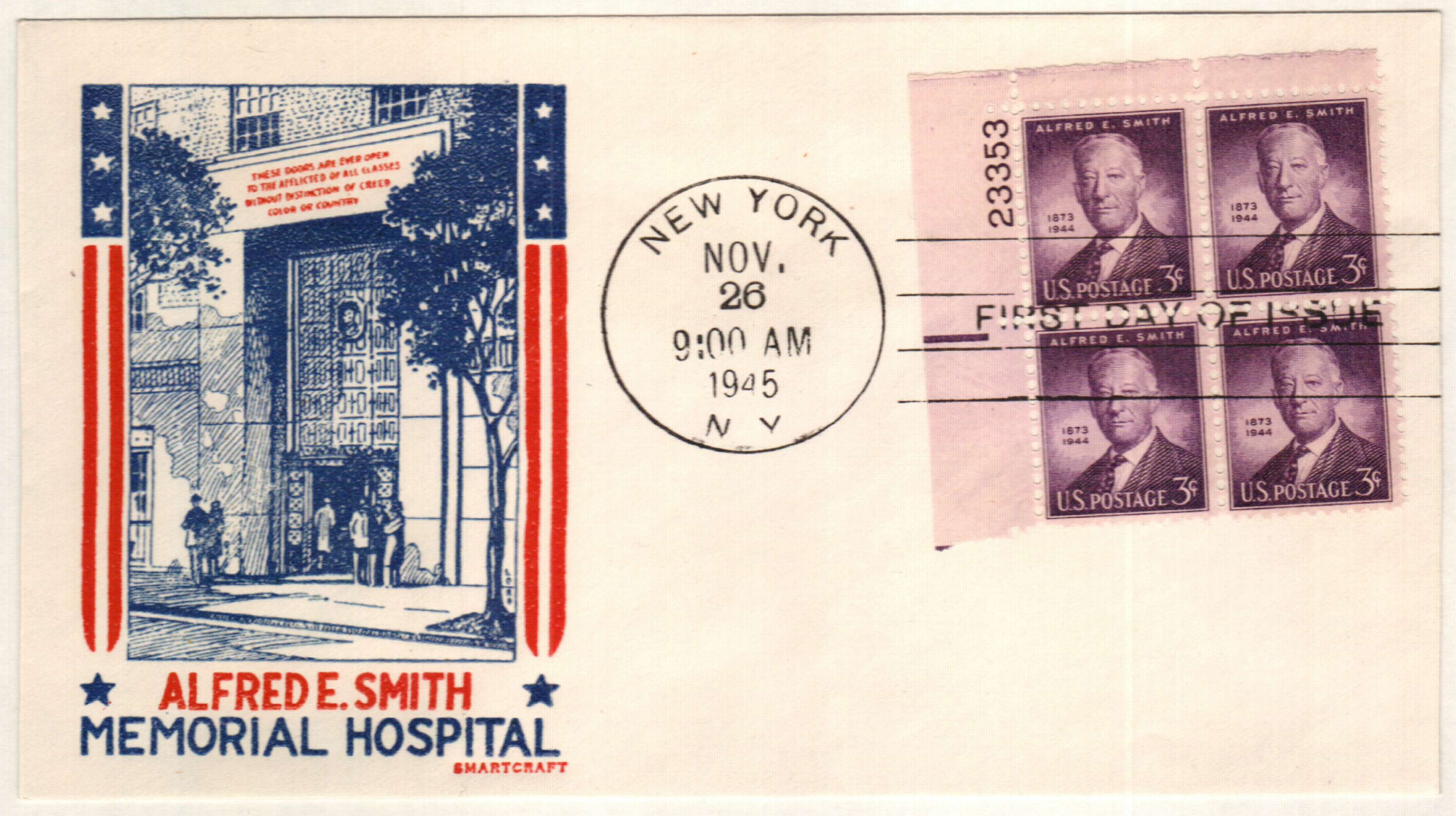
In 1904, Smith was elected to the New York State Assembly, where he served until 1915. In that role, he worked with Frances Perkins to improve factory conditions, serving on a state commission to investigate and improve the situation. The work of this commission helped to initiate new modern labor laws and increased safety protocols. Smith was then elected President of the Board of Aldermen of the City of New York in 1917.
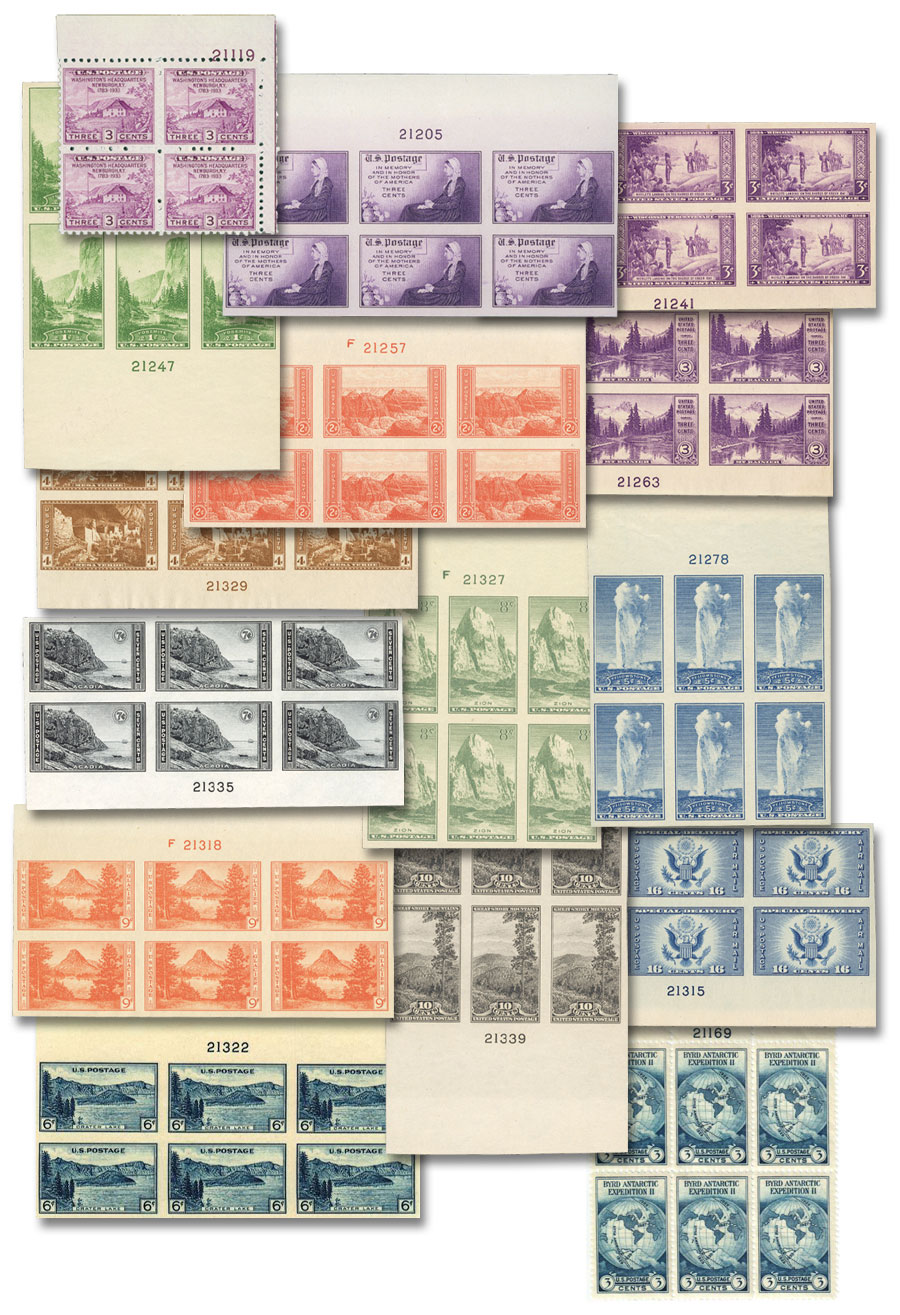
Then in 1918, Smith was elected governor of New York. His opposition to publisher William Randolph Hearst cost him re-election in 1920, but he managed to win back his seat again in 1922, 1924, and 1926. His campaign manager and ally was James A. Farley (future postmaster general made famous through Farley’s Follies).
Smith was a staunch anti-prohibitionist and soon became known around the country for his progressive policies aimed at making the government more efficient and effective in meeting the needs of the people. Under his leadership, New York improved its laws on worker’s compensation, women’s pensions, and children and women’s labor.
In 1924, Smith ran for president with support from fellow New Yorker Franklin D. Roosevelt. Roosevelt called Smith “the Happy Warrior of the political battlefield.” However, Smith was unable to earn his party’s nomination, and immediately began plans for the 1928 election. In that election, he would win the party’s nomination but lose the election. Many people opposed Smith because he was a Roman Catholic and because he opposed prohibition. It was during this time that he also broke with Roosevelt, and would run against him in the 1932 election. In the coming years, Smith was highly critical of Roosevelt’s New Deal policies.
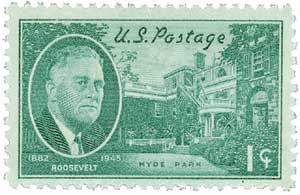
Outside of politics, Smith served as president of Empire State, Inc., overseeing the construction of the Empire State Building. During World War II, Smith spoke in support of Roosevelt’s plan to change the Neutrality Act to allow cash and carry sales of war equipment to the British. For his support, Roosevelt said “Very many thanks. You were grand.”
Smith died at the Rockefeller Institute Hospital on October 4, 1944. Many buildings in New York were later named in his honor, as well as parks, a fireboat, and a military installation.
32¢ The Empire State Building
Celebrate the Century – 1930s
City: Cleveland, OH
Quantity: 12,533,000
Printed By: Ashton–Potter (USA) Ltd
Printing Method: Lithographed, engraved
Perforations: 11.5
Color: Multicolored
Birth Of Alfred E. Smith

Alfred Emanuel Smith was born on December 30, 1873, in New York City, New York.
Smith’s father was a Civil War veteran who had fought with the 11th New York Fire Zouaves. When Smith was 13, his father died, after which he dropped out of school to work at a fish market to help support the family.
Smith never returned to school but claimed he had learned a lot about people by studying them while working at the fish market. Smith was also a talented actor and found some success in amateur theater.

Smith first entered politics in 1895 as an investigator in the office of the Commissioner of Jurors. From there he began working his way up the ranks of the Democratic Party. He based his campaigns around his working-class background, aligned himself with immigrants, and said he was a man of the people.

In 1904, Smith was elected to the New York State Assembly, where he served until 1915. In that role, he worked with Frances Perkins to improve factory conditions, serving on a state commission to investigate and improve the situation. The work of this commission helped to initiate new modern labor laws and increased safety protocols. Smith was then elected President of the Board of Aldermen of the City of New York in 1917.

Then in 1918, Smith was elected governor of New York. His opposition to publisher William Randolph Hearst cost him re-election in 1920, but he managed to win back his seat again in 1922, 1924, and 1926. His campaign manager and ally was James A. Farley (future postmaster general made famous through Farley’s Follies).
Smith was a staunch anti-prohibitionist and soon became known around the country for his progressive policies aimed at making the government more efficient and effective in meeting the needs of the people. Under his leadership, New York improved its laws on worker’s compensation, women’s pensions, and children and women’s labor.
In 1924, Smith ran for president with support from fellow New Yorker Franklin D. Roosevelt. Roosevelt called Smith “the Happy Warrior of the political battlefield.” However, Smith was unable to earn his party’s nomination, and immediately began plans for the 1928 election. In that election, he would win the party’s nomination but lose the election. Many people opposed Smith because he was a Roman Catholic and because he opposed prohibition. It was during this time that he also broke with Roosevelt, and would run against him in the 1932 election. In the coming years, Smith was highly critical of Roosevelt’s New Deal policies.

Outside of politics, Smith served as president of Empire State, Inc., overseeing the construction of the Empire State Building. During World War II, Smith spoke in support of Roosevelt’s plan to change the Neutrality Act to allow cash and carry sales of war equipment to the British. For his support, Roosevelt said “Very many thanks. You were grand.”
Smith died at the Rockefeller Institute Hospital on October 4, 1944. Many buildings in New York were later named in his honor, as well as parks, a fireboat, and a military installation.







